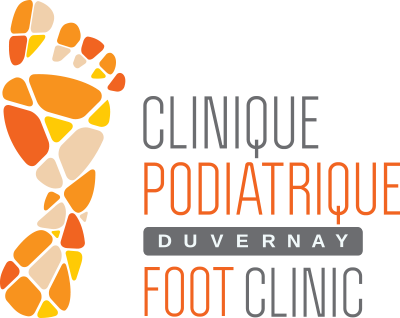Athlete’s foot is a fairly common fungal infection, which can be uncomfortable and unsightly and, if left untreated, can spread to other parts of the body. In this article, we will tell you what is athlete’s foot and the different treatment options available.
What is athlete’s foot?
Athlete’s foot is a fungal infection that primarily affects the feet, although it can spread to other parts. So, this foot fungal infection usually starts between the toes, but can also occur on the soles, nails and sides of the feet.
The fungus that causes athlete’s foot is dermatophytes, which thrive in warm and humid environments, so it is common among athletes who sweat excessively and wear tight shoes for long periods of time.
Athlete’s foot symptoms
Once it has been clarified that an athlete’s foot is a foot fungal infection, the athlete’s foot symptoms should be explained so that treatment can be obtained in a timely manner.
The most common symptom of athlete’s foot between the toes is itching, which may be intense and persistent. The skin on the feet may also become red, scaly and dry, and small blisters may appear. These may fill with fluid and rupture, causing the skin to crack and peel.
In addition, the skin between the toes may become white and macerated. In severe athlete’s foot, the skin and nails become thickened and discolored.
As already established, if left untreated, a severe athlete’s foot can spread to other parts of the foot and even to other parts of the body, causing more serious infections.
Athlete’s foot treatment
There are several options of athlete’s foot treatment. The most common treatments include antifungal medications and visits to specialized physicians. Each option is explained below.
1. Over-the-counter antifungal medications
Since this disease is a foot fungal infection, antifungal medications are usually the first line of treatment for athlete’s foot. These medications come in the form of creams, ointments, sprays and powders, and work by killing the fungus that causes the infection.
To make use of these, it is recommended to follow the pharmacist’s instructions to the letter and, if there is no improvement, consult a podiatrist.
2. Prescribed medication
If over-the-counter medications do not work, you should make an appointment with a professional to obtain more potent antifungals. These are usually available in oral and topical forms and are more effective than over-the-counter.
In addition, and although everything will depend on the previous medical examination, these medications are usually taken for several weeks or months, depending on the severity of the infection.
3. Home Relief
In addition to medications, there are several home remedies that can be used to alleviate certain athlete’s foot symptoms. However, it is always best to obtain a professional opinion.
If you want relief, you can soak your feet in a vinegar and water solution for ten to fifteen minutes a day. In addition, you should avoid wearing tight shoes since they encourage the growth of the fungus and can hurt you.
Others choose to use tea tree oil, which has natural antifungal properties and can be applied topically to the affected areas.
Baking soda is also often sprinkled on shoes to absorb moisture, reduce odor and disinfect them.
However, if you suspect you have athlete’s foot or have been experiencing symptoms such as itching or stinging between your toes, our advice is to make an appointment with a podiatrist as these remedies may not work for everyone and you may need particular treatment. If you live in the Laval area of Quebec, we recommend Clinique Podiatrique Duvernay.
On the other hand, if you think the condition that is affecting your foot is different, you can read our other articles such as “What are the most common toenail problems?” or “Hammer toe: Causes, symptoms and essential treatments“.
